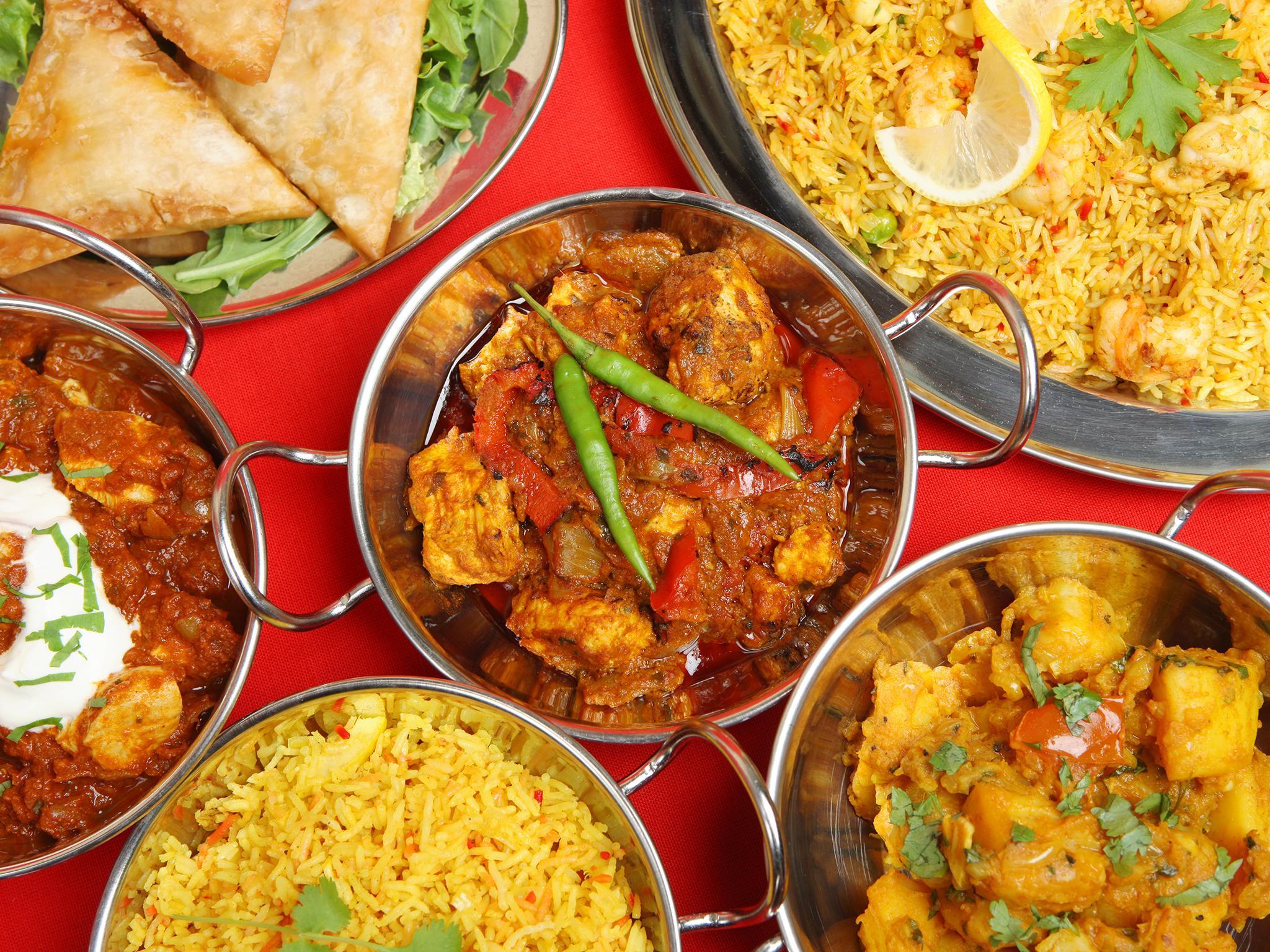The Independent's journalism is supported by our readers. When you purchase through links on our site, we may earn commission.
Indian food breaks all the flavour theory rules - and that's why it's so delicious
The molecules in Indian food clash dramatically

Your support helps us to tell the story
From reproductive rights to climate change to Big Tech, The Independent is on the ground when the story is developing. Whether it's investigating the financials of Elon Musk's pro-Trump PAC or producing our latest documentary, 'The A Word', which shines a light on the American women fighting for reproductive rights, we know how important it is to parse out the facts from the messaging.
At such a critical moment in US history, we need reporters on the ground. Your donation allows us to keep sending journalists to speak to both sides of the story.
The Independent is trusted by Americans across the entire political spectrum. And unlike many other quality news outlets, we choose not to lock Americans out of our reporting and analysis with paywalls. We believe quality journalism should be available to everyone, paid for by those who can afford it.
Your support makes all the difference.If cuisines were people, French food would be a goody-two-shoes know it all, always the first to have their hand up in class, and Indian food would be the rebel at the back of the class in a leather jacket who everyone is intimidated by but secretly wants to be friends with. That’s because Indian food breaks all the rules of cooking.
It comes down to what is known as the food-pairing theory. Originated by experimental chef Heston Blumenthal and flavour chemist Francois Benzi, it describes how foods with matching flavour molecules supposedly create the best-tasting grub. The average ingredient is packed with around 50 different flavour molecules, while something more complex like red wine can contain over a thousand. Acetal, for instance, is present in apple juice, orange juice and whiskey. This idea explains why seemingly disparate ingredients like bananas and parsley complement each other.
“There are two primary factors that drive a dish’s flavour,” explains Karen Page, who authored The Flavour Bible with Andrew Dornenburg. “Number one: ingredients, and number two: techniques.”
In the book they highlight how it is also useful to consider some ingredients as “quiet” – for instance butter, cream, milk, paneer, rice and tofu – and “loud”, for instance blue cheese, chiles, horseradish, rosemary, tarragon, wasabi.
“Quiet ingredients pair more readily with others than loud ingredients, which are more dominant and can clash with other loud flavours,” says Page.
“If you taste dishes from various countries that use similar primary ingredients, for instance, carrots, chicken, onions, their flavour profiles can vary dramatically. Why? It is often due to the secondary and tertiary ingredients and the techniques used.
“The secondary and tertiary ingredients that give various cuisines their distinctive flavours are often herbs, spices, and other flavourings.”
Indian food, however, breaks the mould in comparison to Western cuisine. Dishes like the biriani don’t share compounds, explains Sarah Ali Choudhury, a finalist in Tommy Miah’s International Indian Chef of the Year competition. Firstly, the average meal contains around seven ingredients.
“The pungent ingredients used in Indian food have subtle molecular-level differences which distinguishes Indian food from Western food. Out of the estimated almost 400 ingredients in the world, our cuisine creates knock out dishes by using around 200 of these,” she adds.
A 2015 study at the Indian Institute of Technology in Jodhpur investigated 2,500 recipes from regions including Bengal, Gujarat, Punjab, and South India. They discovered that the recipes were negatively paired which was exacerbated by the addition of spices like garam masala and tamarind.
But Page points to the fact that the flavour theory is really just a way for scientists to try to understand what makes certain foods pop, rather than an affront to Indian chefs.
“Bolder cuisines that feature loud-flavoured ingredients are always trickier to manoeuvre, for instance Mexican and Thai, which feature the use of chilies and can sometimes get hot-hot-hot. Thai cuisine balances fresh chiles with aromatic ingredients, while Mexican cuisine coaxes an astonishing range of flavours through using both fresh and dried chilies,” she explains.
“But when the execution is right, the complexity of Indian, Mexican and Thai cuisine is astonishingly appealing.”
Join our commenting forum
Join thought-provoking conversations, follow other Independent readers and see their replies
Comments